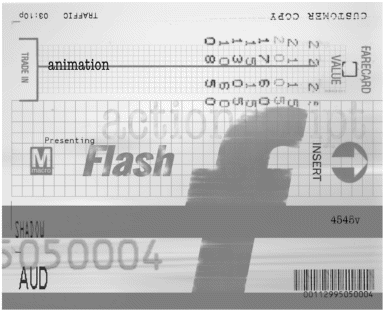Chapter 12. Creating 3-D Effects in Flash
| Flash approaches 3-D animation in much the same way that the program approaches other visual technologies (such as video): It simulates it. Even though Flash is actually a 2-D program, 3-D is one of its strongest suits . It possesses all the tools necessary to control the elements crucial to 3-D animation, such as shading, perspective, and motion. Using Flash in combination with such programs as Swift 3D, by Electric Rain, or Vecta3D, by Ideaworks3D Limited, you can now quickly and seamlessly integrate animated wire-frame models with generated light sources and use those combined formats in Flash movies. Both Swift 3D and Vecta3D come as standalone packages or as plug-ins for the higher-end 3-D modeling programs. Specifically, Vecta3D has a plug-in for 3ds max; Swift 3D has plug-ins for 3ds max and LightWave 3D, and will soon be releasing a plug-in for SoftImage XSI. These plug-ins enable you to export directly into SWF format for import into your Flash project. Whether you're working with an interface or a 3-D technical illustration, the potential uses for 3-D models in Flash are obvious. Automatically generating lighting and perspective with one of these programs brings added power and flexibility to Flash. However, sometimes being able to do things the old-fashioned way is still useful and often necessary. Understanding how you manipulate gradients based on light sources and how those relate to perspective and motion will always be indispensable tools for you to fall back on when using Flash for 3-D projects. In this chapter, you will learn about:
|
EAN: 2147483647
Pages: 257
